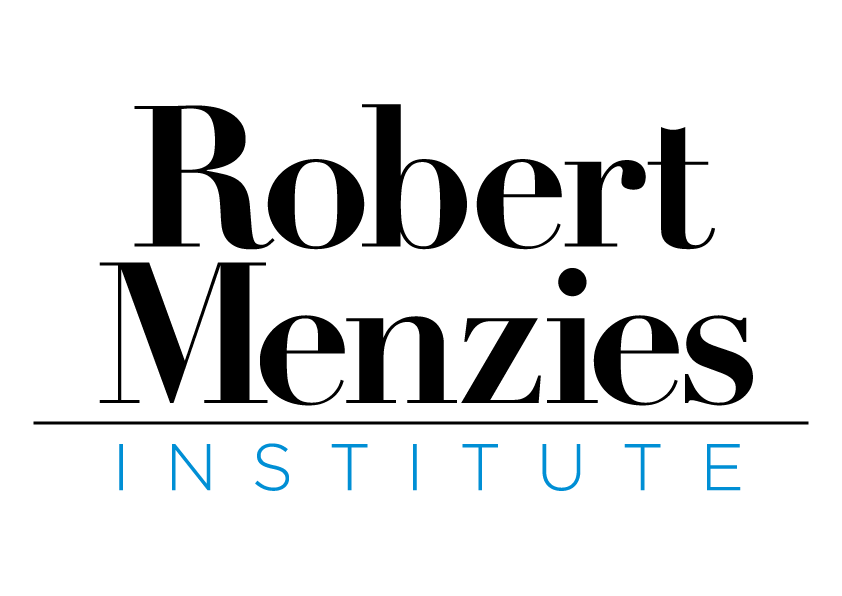Australia’s Magna Carta
Australia’s copy of the Magna Carta
On this day, 19 August 1952, the Menzies Government announced that it had purchased an original 1297 copy of Magna Carta for £12,500. This was to be the first copy of the historical document to leave England permanently, rather than as a loan. Australia now owns one of just four surviving copies of the 1297 version of the Great Charter, the version that entered the statute books under the reign of Edward I, with several clauses remaining in force to this day. Magna Carta set out fundamental legal freedoms that laid the basis for our current understanding of individual rights. One of its original clauses declared that certain forms of taxation could only be levied with the consent of the realm, and this germ would ultimately grow into the 17th century claims of Parliament and the American demand for ‘no taxation without representation’. Magna Carta was frequently cited during the campaign for Responsible Government which gave birth to Australian democracy, most notably in William Wentworth’s ‘Declaration and Remonstrance’. It is thus a vital part of our political and legal history.
Magna Carta is at the core of the constitutional heritage Australia inherited from its British roots, and which Robert Menzies deeply admired. Indeed, the Australian Colonies had quite literally received Magna Carta as part of the Imperial Acts Application Acts of the 19th century, which gave force to existing British statutes. In Menzies’s youth, Australian schoolchildren were frequently taught the Whig narrative of history, which saw the events at Runnymede in 1215 as part of a longer triumphant struggle for individual liberty. This impression can only have been strengthened by Menzies’s family history of parliamentary representation and his later legal training. When Australia’s copy arrived in late 1952, he described it as a:
‘Remarkable and historic document. The barons at Runnymede in June, 1215, did not know anything about democracy, but what they did was to lay a great deal of democracy’s true foundations. Having been reproduced and given this ultimate form [the 1297 issue] it seized the imagination of men of intelligence and gave rise to later developments in civil rights, leading to the Bill of Rights. Magna Carta gave expression to one of the two great principles of law, the Rule of Law – the basis of free democracy.’
Opposition Leader Dr Evatt described the document as a priceless embodiment of the principles assailed by totalitarian threats. But there was some criticism over the cost of the purchase, with Labor MP Clyde Cameron arguing that the money could have been better spent sending a copy of Magna Carta to every schoolkid in the Commonwealth. This is reminiscent of the controversy surrounding Gough Whitlam’s later purchase of Jackson Pollock’s Blue Poles, and both are very indicative of the respective interests and personalities of the two Prime Ministers.
In 2007 a United States buyer purchased one of the other three copies of the 1297 version for 21.3million USD, giving some indication of the current value of Australia’s document. The American version is on display at the National Archives in Washington D.C., living testament to the global reach of the Charter’s legacy. Notably the American version is not owned by the government like ours, and is instead on loan from a private American philanthropist.
Further Reading on Magna Carta’s importance to Australia:
Zachary Gorman, Summoning Magna Carta: Freedom’s Symbol Over a Millennium (Australian Scholarly Publishing, 2021).
Australia’s Magna Carta [the history of our specific copy] (Department of the Senate, 2010).
Robin Speed (Editor), The Magna Carta in Australia: celebrating the 800th anniversary of the granting of the Magna Carta (Australia’s Magna Carta Institute, 2016).


